
Punta Cana: The Jewel of the Dominican Republic
Discover Punta Cana: A tropical paradise with stunning beaches, thrilling adventures, and rich culture on the easternmost tip of the Dominican Republic.
Punta Cana, located on the easternmost tip of the Dominican Republic, is a tropical paradise known for its stunning beaches, luxurious resorts, and vibrant culture. With its pristine white sand beaches stretching for miles along the turquoise waters of the Caribbean Sea, Punta Cana is a dream destination for sun-seekers and water enthusiasts alike. Beyond the beaches, Punta Cana offers a wealth of activities and attractions for tourists to explore. Adventure seekers can enjoy zip-lining through lush forests, exploring underwater marine life through snorkeling and scuba diving, or taking a thrilling ride on a dune buggy. For those interested in culture and history, the nearby town of Higuey boasts the Basilica of Our Lady of Altagracia, an important religious site. The culinary scene in Punta Cana is a delightful mix of traditional Dominican flavors and international cuisine. Visitors can savor fresh seafood, local fruits, and the famous Dominican rum while enjoying the warm hospitality of the locals. Whether you're looking to relax by the beach, partake in exciting adventures, or indulge in delicious food, Punta Cana offers something for everyone.
Local tips in Punta Cana
- Visit during the dry season from December to April for the best weather.
- Always use sunscreen and stay hydrated to protect yourself from the intense sun.
- Consider booking excursions and activities in advance to secure your spot.
- Learn a few basic Spanish phrases to enhance your interactions with locals.
- Try the local dish 'La Bandera' for an authentic Dominican meal.
- Bring cash for small purchases, as not all places accept credit cards.
- Be aware of your surroundings and keep your belongings secure to avoid petty theft.
Neighbourhoods in Punta Cana
Punta Cana: The Jewel of the Dominican Republic
Punta Cana, located on the easternmost tip of the Dominican Republic, is a tropical paradise known for its stunning beaches, luxurious resorts, and vibrant culture. With its pristine white sand beaches stretching for miles along the turquoise waters of the Caribbean Sea, Punta Cana is a dream destination for sun-seekers and water enthusiasts alike. Beyond the beaches, Punta Cana offers a wealth of activities and attractions for tourists to explore. Adventure seekers can enjoy zip-lining through lush forests, exploring underwater marine life through snorkeling and scuba diving, or taking a thrilling ride on a dune buggy. For those interested in culture and history, the nearby town of Higuey boasts the Basilica of Our Lady of Altagracia, an important religious site. The culinary scene in Punta Cana is a delightful mix of traditional Dominican flavors and international cuisine. Visitors can savor fresh seafood, local fruits, and the famous Dominican rum while enjoying the warm hospitality of the locals. Whether you're looking to relax by the beach, partake in exciting adventures, or indulge in delicious food, Punta Cana offers something for everyone.
When is the best time to go to Punta Cana?
Iconic landmarks you can’t miss
BlueMall Puntacana
Shop in style at BlueMall Puntacana, where luxury brands meet local charm in a premier shopping experience.

Downtown Punta Cana
Discover the lively Downtown Punta Cana, a vibrant amusement center filled with shopping, dining, and entertainment options for every traveler.
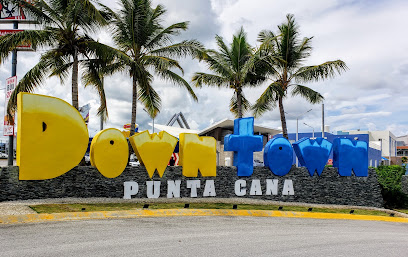
Scape Park
Discover thrilling adventures and stunning natural beauty at Scape Park in Punta Cana - a theme park perfect for families and adventure seekers alike.
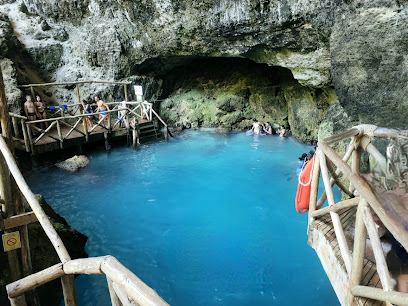
Juanillo Beach
Discover the enchanting beauty of Juanillo Beach in Punta Cana, a paradise of white sands, crystal-clear waters, and vibrant Caribbean culture.
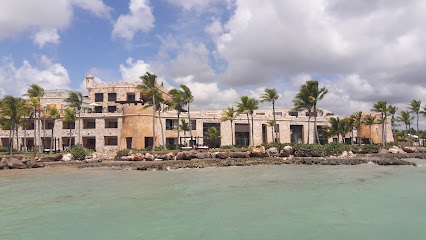
Dolphin Discovery Punta Cana
Dive into adventure at Dolphin Discovery Punta Cana, where unforgettable dolphin interactions and marine exploration await you in paradise.
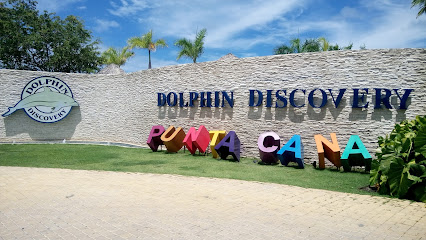
Sanctuary Cap Cana
Experience unparalleled luxury and tranquility at Sanctuary Cap Cana, where stunning beaches meet all-inclusive indulgence in Punta Cana.

Bavaro Adventure Park | Punta Cana Tours & Excursions
Discover the thrill of Bavaro Adventure Park, where fun meets nature in the heart of Punta Cana's stunning landscape.
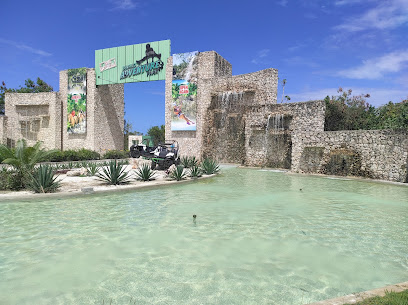
Don Lucas Cigars
Explore the rich tradition of cigar making at Don Lucas Cigars, where craftsmanship meets culture in the heart of Punta Cana.

Imagine Punta Cana
Discover the enchanting nightlife of Imagine Punta Cana, a unique disco club set in a breathtaking cave, perfect for unforgettable nights of music and dance.
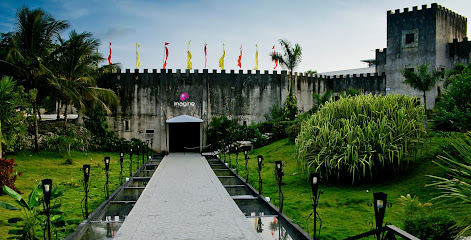
Seaquarium Punta Cana
Discover the wonders of marine life at Seaquarium Punta Cana, a top water park and tourist attraction in the heart of the Dominican Republic.
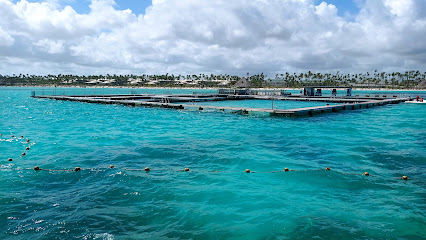
Indigenous Eyes Ecological Reserve
Experience the lush biodiversity and tranquil lagoons of Indigenous Eyes Ecological Reserve, a must-visit nature preserve in Punta Cana.

La Cana Golf Club
Experience world-class golfing at La Cana Golf Club in Punta Cana, where stunning ocean views and lush landscapes create a golfer's dream.
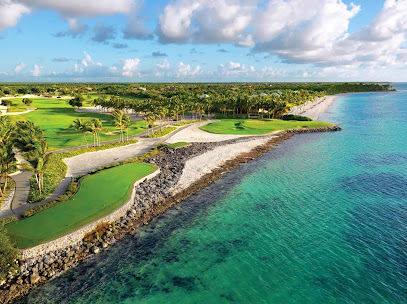
Cabeza de Toro Beach
Discover the tranquil beauty of Cabeza de Toro Beach in Punta Cana, a perfect retreat for relaxation, adventure, and exquisite local flavors.
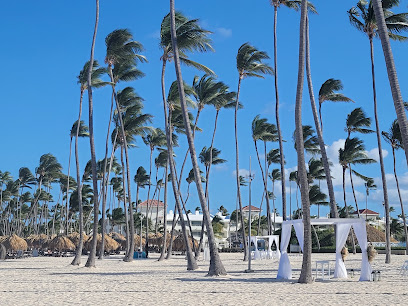
PUNTACANA Village
Discover PUNTACANA Village, where shopping meets culture in a vibrant setting perfect for tourists looking for unique experiences.
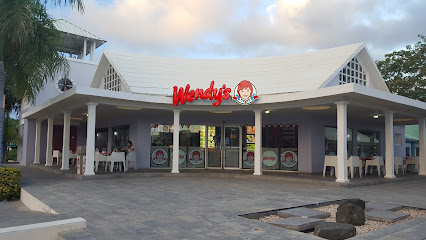
Api Beach House
Discover the lively spirit of Punta Cana at Api Beach House, where sun, sea, and socializing come together for an unforgettable experience.
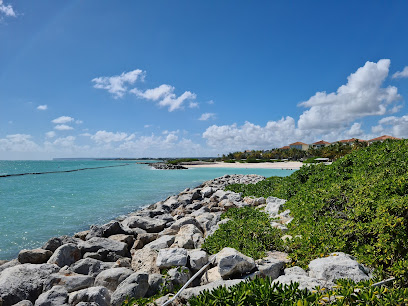
Unmissable attractions to see
Bahia Principe Grand Punta Cana
Experience luxury and relaxation at Bahia Principe Grand Punta Cana, where pristine beaches and exceptional service create unforgettable memories.

Hard Rock Hotel & Casino Punta Cana
Discover the ultimate blend of luxury, entertainment, and relaxation at Hard Rock Hotel & Casino Punta Cana, your dream Caribbean getaway.
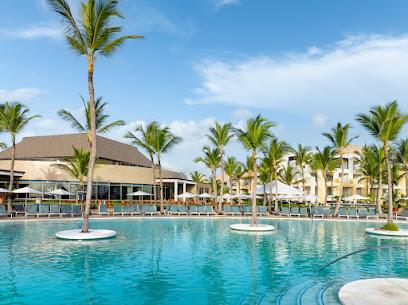
Basilica Nuestra Señora De La Altagracia
Explore the breathtaking Basilica Nuestra Señora De La Altagracia, a stunning symbol of faith and Dominican heritage in Higüey.
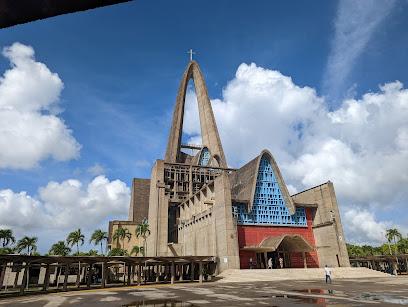
Playa Macao
Discover Playa Macao, an exquisite Dominican beach with stunning waters, adventurous activities, and a vibrant local culture that enchants every visitor.
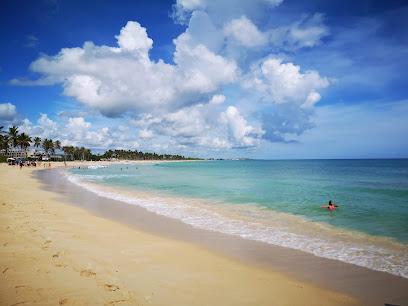
Coco Bongo Punta Cana
Experience the electrifying nightlife at Coco Bongo Punta Cana, where breathtaking shows and high-energy music create an unforgettable atmosphere.
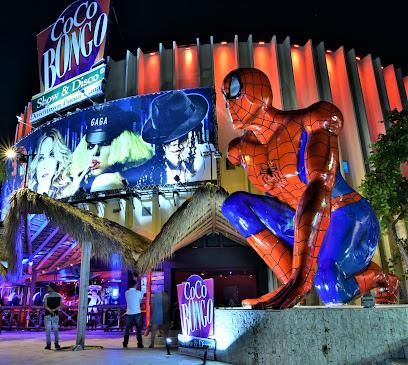
Scape Park
Experience adventure and natural beauty at Scape Park, Punta Cana's premier theme park with thrilling activities and cultural explorations.
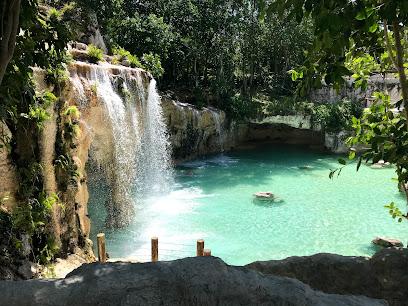
Splash Water Park
Experience the ultimate water adventure at Splash Water Park in Punta Cana, where excitement meets relaxation in a tropical paradise.
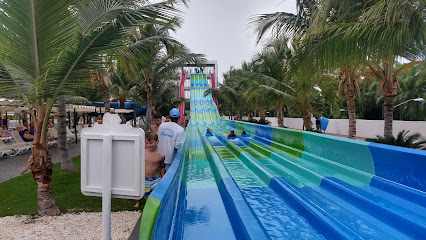
Juanillo Beach
Experience the serene beauty of Juanillo Beach in Punta Cana, where soft sands meet crystal-clear waters in a tropical paradise.

Bavaro Adventure Park | Punta Cana Tours & Excursions
Discover endless adventures and family fun at Bavaro Adventure Park, Punta Cana's premier theme park with thrilling attractions and natural beauty.
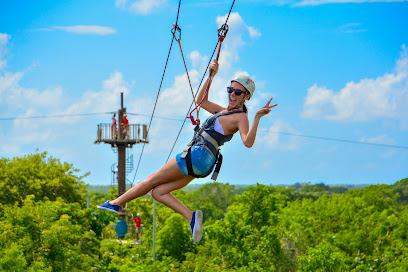
Drink Point Bavaro
Experience the vibrant nightlife at Drink Point Bavaro, Punta Cana's premier bar and disco club, where music, dance, and drinks come together.
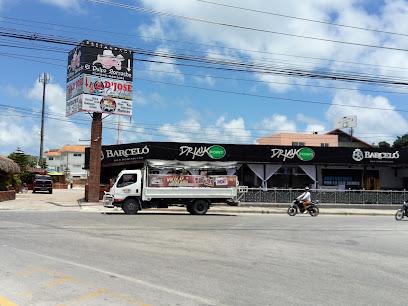
Dreams Macao Beach Punta Cana
Experience the breathtaking beauty and luxurious amenities at Dreams Macao Beach Punta Cana, the ultimate tropical resort destination.
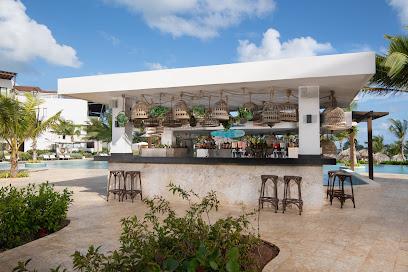
Rancho cocory
Explore the natural beauty and adventure of Rancho Cocory in Higüey, Dominican Republic, where outdoor fun meets vibrant local culture.
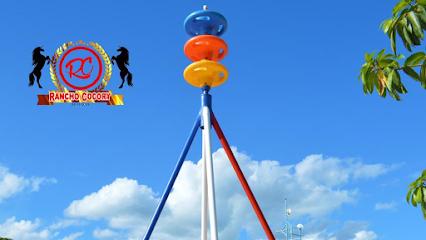
Playa Bibijagua
Discover the stunning Playa Bibijagua in Punta Cana, where powdery sands meet crystal-clear waters for an unforgettable beach experience.
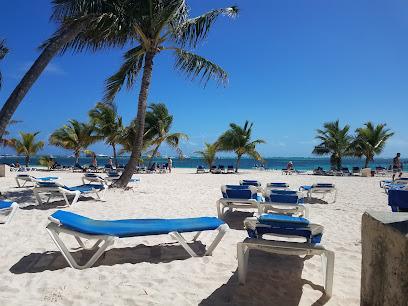
Don Lucas Cigars
Experience the rich tradition of cigar-making at Don Lucas Cigars in Punta Cana, where craftsmanship meets culture in a delightful setting.
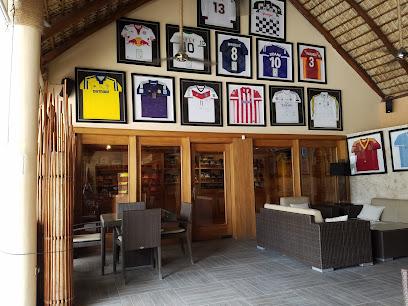
Imagine Punta Cana
Discover the vibrant nightlife of Punta Cana at Imagine Punta Cana, a premier disco club known for its electrifying atmosphere and unforgettable parties.
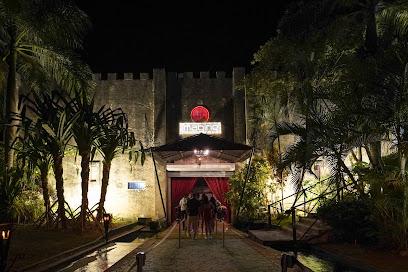
Essential places to dine
Jellyfish Restaurant
Discover culinary excellence at Jellyfish Restaurant in Punta Cana – where fresh seafood meets stunning ocean views and vibrant nightlife.
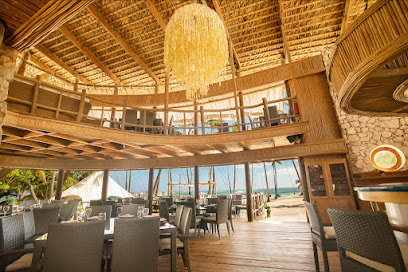
SBG Punta Cana
Experience fine dining at SBG Punta Cana - where exquisite flavors meet vibrant ambiance in the heart of BlueMall.
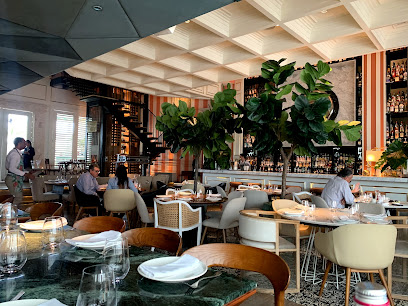
Arena Beach Club
Experience exquisite dining at Arena Beach Club in Punta Cana—where gourmet cuisine meets stunning ocean views for unforgettable moments.
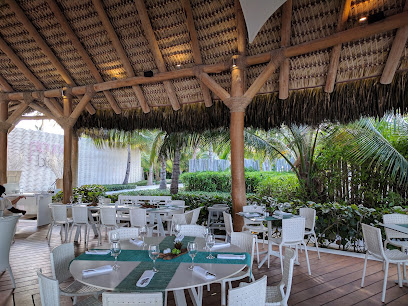
Noah
Discover culinary excellence at Noah in Punta Cana—where exquisite meat dishes meet fresh seafood and innovative sushi creations.
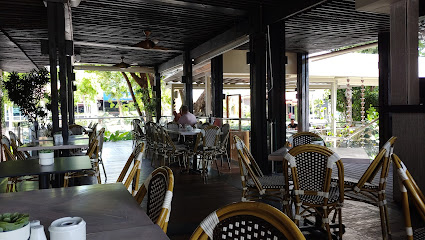
Restaurante capitán Cook
Experience the vibrant flavors of the Dominican Republic at Restaurante Capitán Cook – where fresh seafood meets tropical charm.
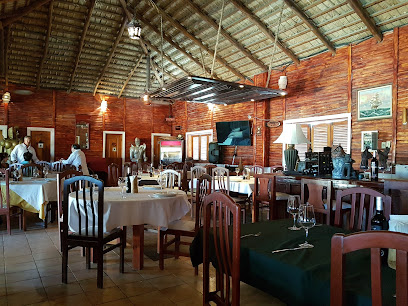
Citrus Fusion Cuisine
Experience the vibrant flavors of Caribbean cuisine at Citrus Fusion Cuisine in Punta Cana - where every dish tells a story.
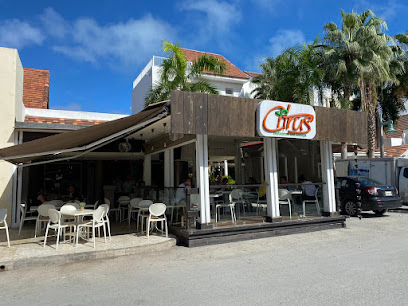
La Bruja Chupadora BBQ & Pub
Experience authentic Dominican barbecue at La Bruja Chupadora BBQ & Pub in Punta Cana – where flavors meet festive vibes!
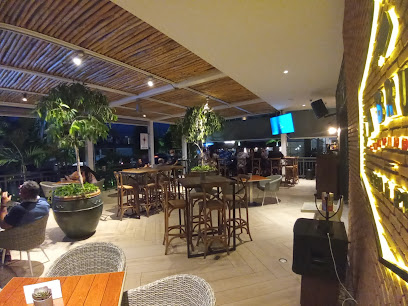
Onno's Punta Cana / Bavaro
Experience vibrant dining and nightlife at Onno's Punta Cana - where delicious cuisine meets unforgettable entertainment in Bávaro.
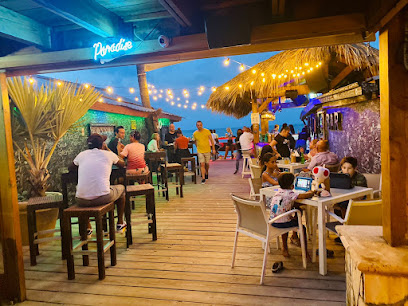
La Casita de Yeya
Discover authentic Dominican flavors at La Casita de Yeya in Punta Cana, where every dish tells a story.
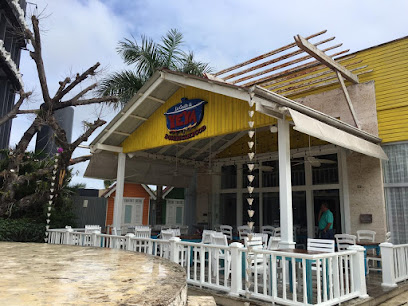
Pastrata Mexican Restaurant
Experience authentic Mexican flavors at Pastrata Mexican Restaurant in Punta Cana – where every meal is a fiesta!
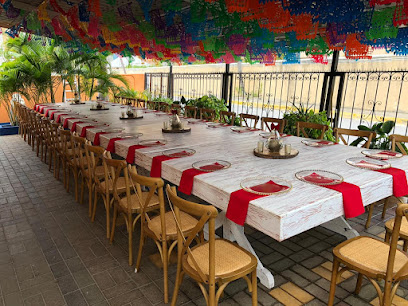
Mamma Luisa
Experience authentic Italian cuisine at Mamma Luisa in Punta Cana - where every dish tells a story.
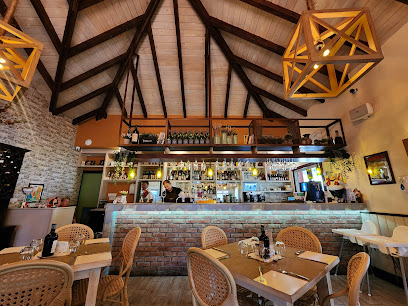
punta cana Dominican republic
Explore Punta Cana's vibrant culinary scene offering local delights and international flavors amidst stunning beachfront views.
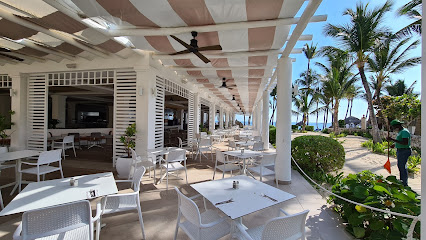
Burlao Grill Punta Cana
Experience the vibrant flavors of Dominican cuisine at Burlao Grill in Punta Cana - a culinary hotspot for tourists.
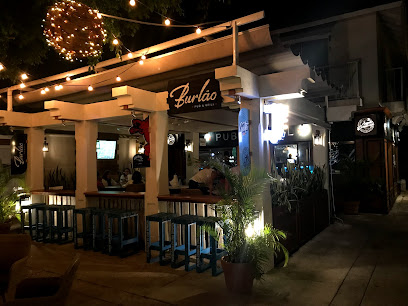
ZOHO BEACH CLUB PUNTA CANA
Discover the perfect blend of relaxation and gourmet dining at ZOHO Beach Club Punta Cana, where every meal is accompanied by stunning ocean views.
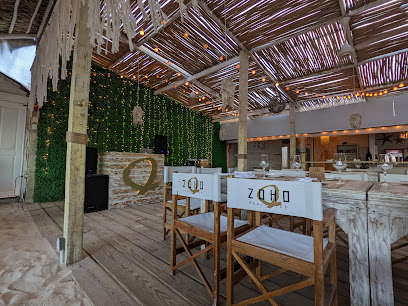
Herman 311 Bar & Restaurant
Experience exquisite seafood at Herman 311 Bar & Restaurant in Punta Cana – where fresh flavors meet vibrant atmosphere.

Markets, malls and hidden boutiques
Plaza San Juan Shopping Center
Discover shopping, dining, and entertainment at Plaza San Juan Shopping Center in Punta Cana, a vibrant hub for tourists and locals alike.
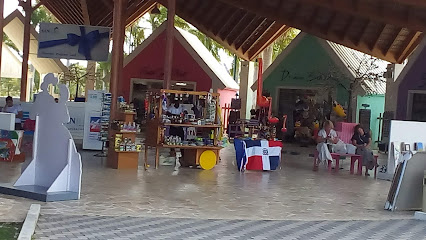
BlueMall Puntacana
Discover the luxurious shopping experience at BlueMall Puntacana, where fashion, dining, and entertainment blend seamlessly in paradise.

Downtown Mall Punta Cana
Explore the vibrant Downtown Mall Punta Cana for shopping, dining, and local excursions that capture the essence of Dominican culture.

Downtown Punta Cana
Discover the vibrant Downtown Punta Cana, a lively hub of shopping, dining, and entertainment that captures the essence of Dominican culture.
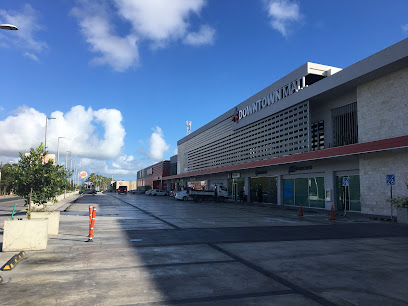
Palma Real Shopping Village
Discover Palma Real Shopping Village, the vibrant shopping destination in Punta Cana with an array of shops, dining, and entertainment.
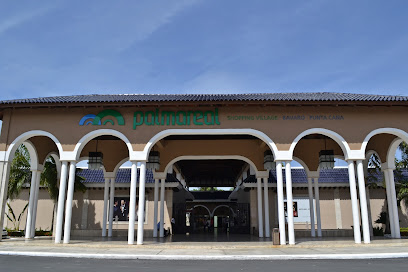
Bella Mare store
Explore the vibrant Bella Mare Store in Punta Cana, where local crafts meet global brands in a unique shopping experience.
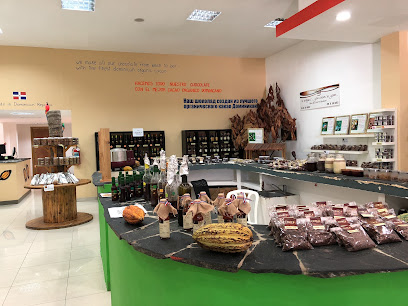
PUNTACANA Village
Discover the charm of PUNTACANA Village, a vibrant shopping mall filled with unique shops, delicious dining, and local culture in the heart of Punta Cana.
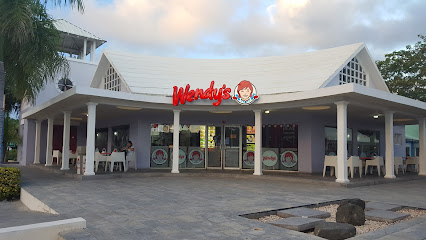
Taino Gifts Punta Cana
Explore Taino Gifts Punta Cana for unique souvenirs, local crafts, and the best of Dominican culture in a vibrant shopping atmosphere.
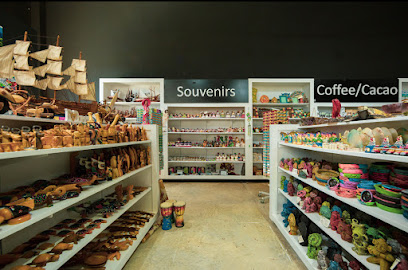
Uvero Alto Plaza
Discover the vibrant Uvero Alto Plaza in Punta Cana, where shopping meets tropical charm, offering a perfect blend of local and international brands.
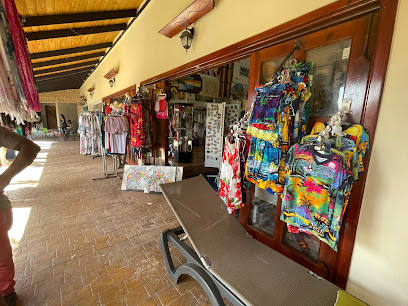
Mundo Autentico
Discover the essence of the Dominican Republic at Mundo Autentico, Punta Cana's premier destination for souvenirs, chocolate, and coffee.
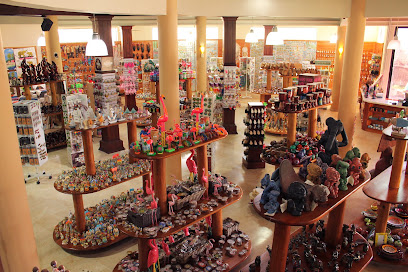
Chez Nicole Boutique
Discover unique fashion and accessories at Chez Nicole Boutique in Bávaro, Punta Cana - where local charm meets stylish shopping.
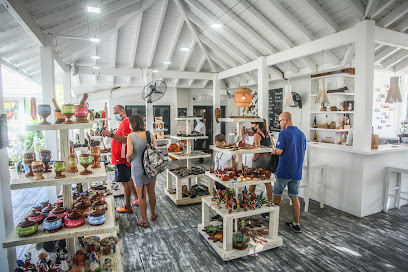
Ola Souvenirs
Explore Ola Souvenirs in Punta Cana for unique gifts and local crafts that capture the spirit of the Dominican Republic.
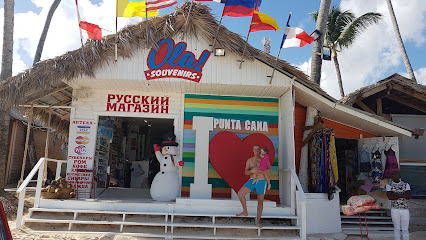
Plaza Punta Cana
Experience the best of shopping and dining at Plaza Punta Cana, your one-stop destination in the heart of paradise.
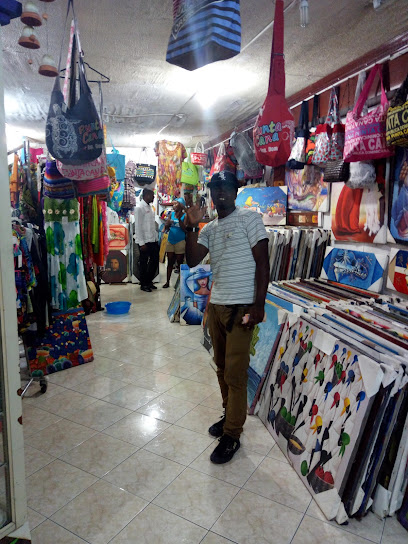
Casa Cuesta Punta Cana
Explore Casa Cuesta in Punta Cana for unique home goods and local crafts that capture the essence of the Dominican Republic.
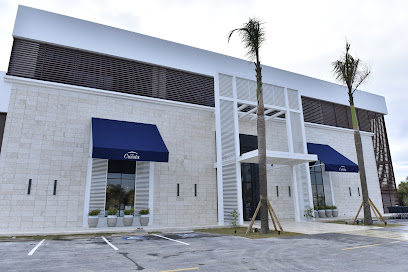
Duty Free Americas Punta Cana
Discover luxury shopping at Duty Free Americas Punta Cana, where you can find exclusive deals on top brands before your flight.
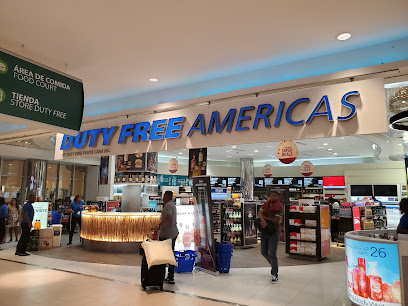
Essential bars & hidden hideouts
Coco Bongo Punta Cana
Experience the ultimate nightlife at Coco Bongo Punta Cana, where spectacular shows, vibrant music, and unforgettable moments come together in one electrifying venue.
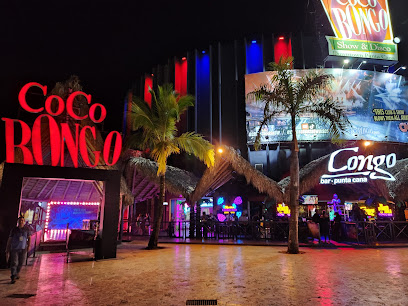
Drink Point Bavaro
Unleash the spirit of Punta Cana at Drink Point Bavaro, where vibrant nightlife, refreshing cocktails, and unforgettable moments await in a lively atmosphere.
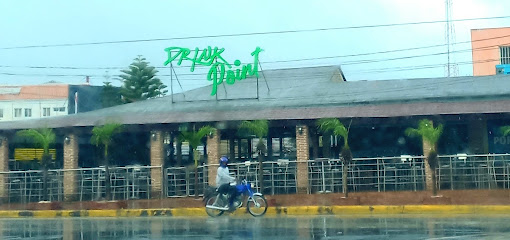
Coconut Bar
Discover the vibrant flavors of the Caribbean at Coconut Bar, Punta Cana's favorite grill and tropical retreat.
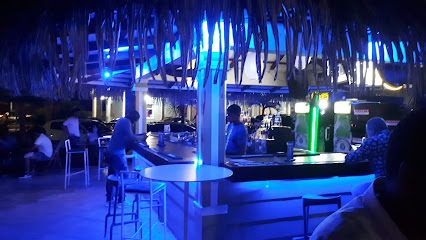
Bavaro Corner Bar
Discover Bavaro Corner Bar in Punta Cana, where local culture meets a vibrant sports atmosphere and delicious food.
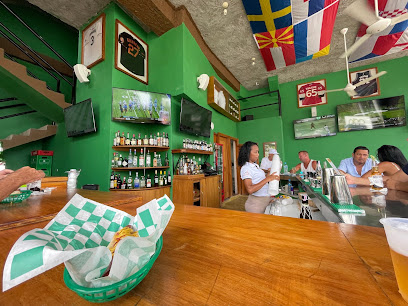
Infinity Bar & Lounge
Experience the vibrant nightlife at Infinity Bar & Lounge in Punta Cana, where expertly crafted cocktails and chic ambiance await.
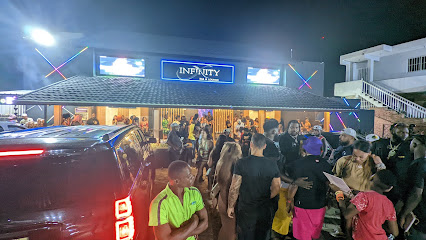
El Pub
Discover the vibrant nightlife of Punta Cana at El Pub, a popular bar offering a lively atmosphere and delicious cocktails.
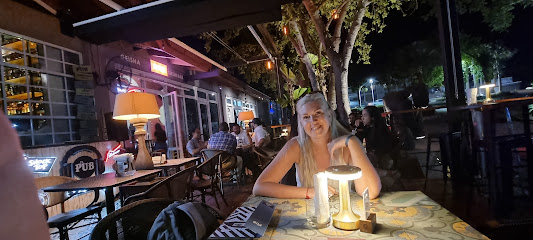
Mixology Bar Lab
Discover the art of cocktail creation at Mixology Bar Lab, a premier bar in Punta Cana known for its innovative drinks and vibrant atmosphere.
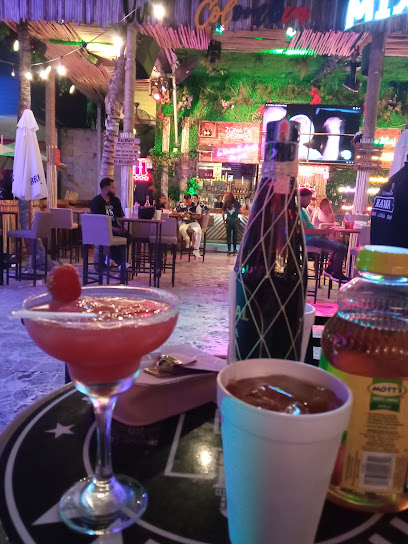
Jigger Bar (Meliá Punta Cana)
Discover the lively Jigger Bar at Meliá Punta Cana, where unique cocktails and vibrant nightlife create unforgettable experiences.
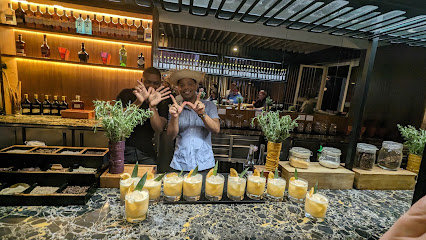
Hemingway
Discover the vibrant nightlife at Hemingway in Punta Cana, where cocktails meet Caribbean culture for an unforgettable bar experience.
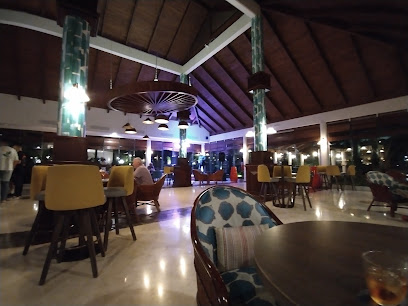
El Cielo Pool & Bar
Discover the ultimate relaxation at El Cielo Pool & Bar in Punta Cana, where refreshing drinks and a vibrant atmosphere await you.
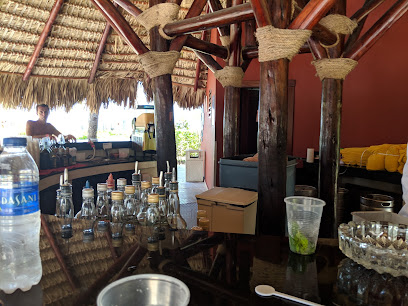
Flamingo Bar
Experience the vibrant atmosphere of Flamingo Bar in Bávaro, Punta Cana, where tropical drinks and a stunning ambiance await every visitor.

Arrecife Beach Bar
Experience the vibrant Arrecife Beach Bar in Punta Cana, where refreshing cocktails and stunning ocean views create the ultimate tropical getaway.
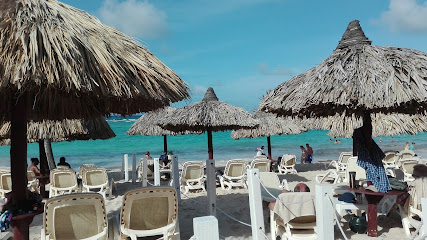
First Wine
Experience the finest selection of wines at First Wine, the ultimate wine bar in Punta Cana, where every sip tells a story.
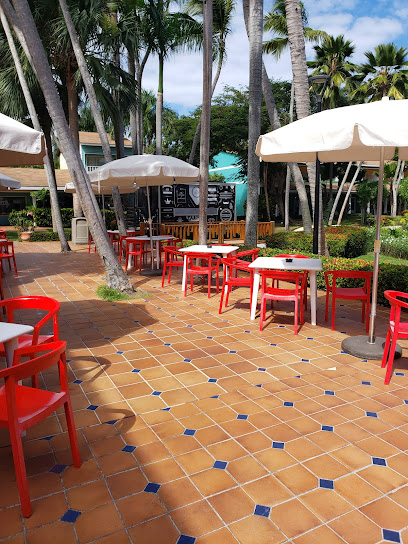
Canabar
Experience the vibrant nightlife at Canabar in Punta Cana, where delicious cocktails and a lively atmosphere await you every night.
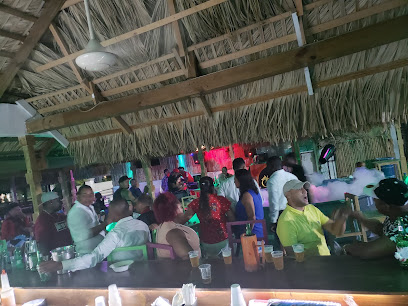
La Playita Bistro & Bar
Savor the flavors of the Caribbean at La Playita Bistro & Bar, a vibrant beach bar in Punta Cana offering delicious cuisine and stunning ocean views.
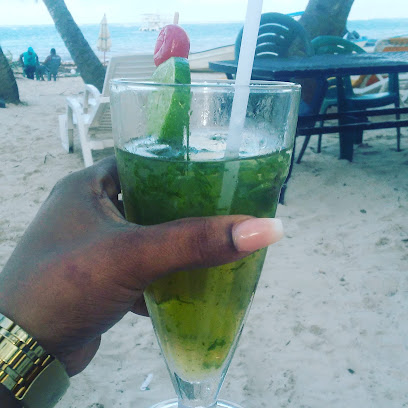
Local Phrases
-
- HelloHola
[oh-la] - GoodbyeAdiós
[ah-dee-ohs] - YesSí
[see] - NoNo
[no] - Please/You're welcomePor favor/De nada
[por fah-bor/deh nah-dah] - Thank youGracias
[grah-see-ahs] - Excuse me/SorryPerdón/Lo siento
[pair-dohn/loh see-ehn-toh] - How are you?¿Cómo estás?
[koh-moh ehs-tahs] - Fine. And you?Bien. ¿Y tú?
[bee-ehn. ee too] - Do you speak English?¿Hablas inglés?
[ah-blahs een-glays] - I don't understandNo entiendo
[noh ehn-tyen-doh]
- HelloHola
-
- I'd like to see the menu, pleaseQuisiera ver el menú, por favor
[kee-see-eh-rah ver ehl meh-noo, por fah-bor] - I don't eat meatNo como carne
[noh koh-moh kahr-neh] - Cheers!¡Salud!
[sah-lood] - I would like to pay, pleaseQuisiera pagar, por favor
[kee-see-eh-rah pah-gar, por fah-bor]
- I'd like to see the menu, pleaseQuisiera ver el menú, por favor
-
- Help!¡Ayuda!
[ah-yoo-dah] - Go away!¡Vete!
[veh-teh] - Call the Police!¡Llama a la policía!
[yah-mah ah lah poh-lee-see-ah] - Call a doctor!¡Llama a un doctor!
[yah-mah ah oon dohk-tohr] - I'm lostEstoy perdido
[ehs-toy pair-dee-doh] - I'm illEstoy enfermo
[ehs-toy ehn-fehr-moh]
- Help!¡Ayuda!
-
- I'd like to buy...Me gustaría comprar...
[meh goos-tah-ree-ah kohm-prar] - I'm just lookingSolo estoy mirando
[soh-loh ehs-toy mee-rahn-doh] - How much is it?¿Cuánto cuesta?
[kwan-toh kwehs-tah] - That's too expensiveEso es muy caro
[eh-soh ehs mwee kah-roh] - Can you lower the price?¿Puedes bajar el precio?
[pweh-dehs bah-har ehl pree-syoh]
- I'd like to buy...Me gustaría comprar...
-
- What time is it?¿Qué hora es?
[keh oh-rah ehs] - It's one o'clockEs la una
[ehs lah oo-nah] - Half past (10)Y media (10)
[ee meh-dee-ah (diez)] - MorningMañana
[mah-nyah-nah] - AfternoonTarde
[tahr-deh] - EveningNoche
[noh-cheh] - YesterdayAyer
[ah-yehr] - TodayHoy
[oy] - TomorrowMañana
[mah-nyah-nah] - 1Uno
[oo-noh] - 2Dos
[dohs] - 3Tres
[trehs] - 4Cuatro
[kwah-troh] - 5Cinco
[seen-koh] - 6Seis
[says] - 7Siete
[syeh-teh] - 8Ocho
[oh-choh] - 9Nueve
[nweh-veh] - 10Diez
[dee-ehs]
- What time is it?¿Qué hora es?
-
- Where's a/the...?¿Dónde está el/la...?
[dohn-deh ehs-tah ehl/lah] - What's the address?¿Cuál es la dirección?
[kwal ehs lah dee-rehk-syohn] - Can you show me (on the map)?¿Puedes mostrarme (en el mapa)?
[pweh-dehs mohs-trar-meh (en ehl mah-pah)] - When's the next (bus)?¿Cuándo es el próximo (autobús)?
[kwan-doh ehs ehl proh-ksee-moh (ow-toh-boos)] - A ticket (to ....)Un boleto (para ....)
[oon boh-leh-toh (pah-rah)]
- Where's a/the...?¿Dónde está el/la...?
History of Punta Cana
-
Before the arrival of Europeans, the area now known as Punta Cana was inhabited by the Taíno people, an indigenous Arawak-speaking population. They lived in small villages, practiced agriculture, and were known for their pottery and wooden carvings. The Taíno culture deeply influenced the region's early history and left behind numerous artifacts and petroglyphs.
-
In 1492, Christopher Columbus arrived in what is now the Dominican Republic during his first voyage to the New World. Although he did not land in Punta Cana specifically, his arrival marked the beginning of Spanish colonization in the region. The Spanish established settlements and began exploiting the island's resources, leading to significant changes in the local way of life.
-
During the colonial era, the eastern part of the island, including Punta Cana, saw the establishment of sugar plantations. The Spanish colonists utilized enslaved Africans and indigenous people for labor. The sugar industry became a crucial part of the economy, leaving a lasting impact on the region's social and economic structures.
-
The 16th and 17th centuries saw increased activity from pirates and privateers in the Caribbean. Punta Cana, with its strategic location, became a frequent stop for these sea marauders. The region's history is peppered with tales of pirate attacks and treasure hunts, adding to its mystique and allure.
-
By the 19th century, the sugar industry in the region began to decline due to various economic and political factors. This period saw a decrease in population and economic activity. However, the area began to recover in the early 20th century with the introduction of new agricultural practices and the gradual development of infrastructure.
-
The modern development of Punta Cana as a tourist destination began in the late 1960s and early 1970s. Visionaries like Frank Rainieri and Theodore Kheel saw the potential of Punta Cana's pristine beaches and began investing in the construction of resorts and airports. The inauguration of the Punta Cana International Airport in 1984 was a significant milestone, making the region more accessible to international tourists.
-
Punta Cana is home to a rich tapestry of cultural festivals and traditions that reflect its diverse history. Events such as the Punta Cana Carnival showcase the vibrant music, dance, and culinary traditions of the Dominican Republic. The region's culture is a blend of Taíno, African, and European influences, evident in its art, cuisine, and daily life.
Punta Cana Essentials
-
Punta Cana is served by the Punta Cana International Airport (PUJ), one of the busiest airports in the Caribbean. Direct flights are available from many major cities in North America, Europe, and Latin America. Once you arrive, taxis, shuttle services, and car rentals are available at the airport to take you to your accommodation.
-
In Punta Cana, transportation options include taxis, car rentals, and local buses (guaguas). Taxis are widely available but can be expensive; always agree on a fare before starting your journey. Car rentals offer flexibility for exploring the area, but be mindful of local driving conditions. Guaguas are a cost-effective option for short distances and operate along main roads.
-
The official currency is the Dominican Peso (DOP). U.S. dollars are widely accepted in tourist areas, but it's advisable to carry some pesos for smaller purchases. Major credit cards are accepted in most hotels, restaurants, and shops. ATMs are readily available, but be aware of potential transaction fees.
-
Punta Cana is generally safe for tourists, but it's important to take standard precautions. Avoid isolated areas and beaches at night, and be cautious with your belongings in crowded places. Certain neighborhoods in nearby cities like Santo Domingo have higher crime rates; it's best to stay within well-known tourist areas.
-
In case of an emergency, dial 911 for police, fire, or medical assistance. There are several hospitals and clinics in Punta Cana that provide medical services. It's recommended to have travel insurance covering medical emergencies. For minor health issues, pharmacies are available throughout the area.
-
Fashion: Do wear lightweight and breathable clothing; avoid overly revealing outfits, especially outside of beach areas. Religion: Do respect local customs; dress modestly when visiting churches. Public Transport: Do be courteous to drivers and fellow passengers; don't be loud or disruptive. Greetings: Do greet people with a friendly 'Hola' or handshake; don't ignore local etiquette. Eating & Drinking: Do try local dishes and beverages; don't drink tap water—stick to bottled water.
-
To experience Punta Cana like a local, visit the local markets and try street food. Consider attending a local baseball game, as it is the most popular sport in the country. Engage with locals and learn a few basic Spanish phrases to enhance your experience. Don't miss visiting the Indigenous Eyes Ecological Park and Reserve for a unique nature experience.
Trending Landmark in Punta Cana
-
BlueMall Puntacana
-
Downtown Punta Cana
-
Scape Park
-
Juanillo Beach
-
Dolphin Discovery Punta Cana
-
Sanctuary Cap Cana
-
Bavaro Adventure Park | Punta Cana Tours & Excursions
-
Don Lucas Cigars
-
Imagine Punta Cana
-
Seaquarium Punta Cana
-
Indigenous Eyes Ecological Reserve
-
La Cana Golf Club
-
Cabeza de Toro Beach
-
PUNTACANA Village
-
Api Beach House
Nearby Cities to Punta Cana
-
Things To Do in Bayahibe
-
Things To Do in La Romana
-
Things To Do in Rincon
-
Things To Do in Samana
-
Things To Do in Aguadilla
-
Things To Do in Cabo Rojo
-
Things To Do in Isabela
-
Things To Do in Santo Domingo
-
Things To Do in Guánica
-
Things To Do in Arecibo
-
Things To Do in Ponce
-
Things To Do in Manatí
-
Things To Do in Dorado
-
Things To Do in Bayamón
-
Things To Do in Jarabacoa















